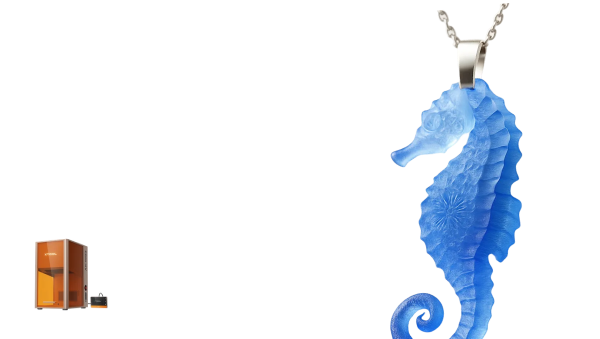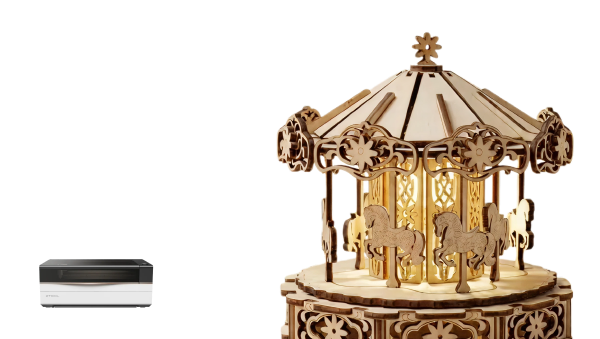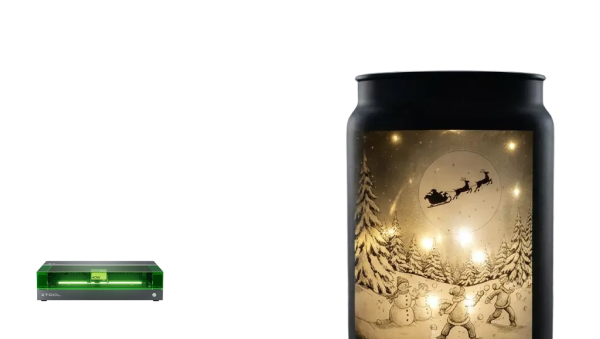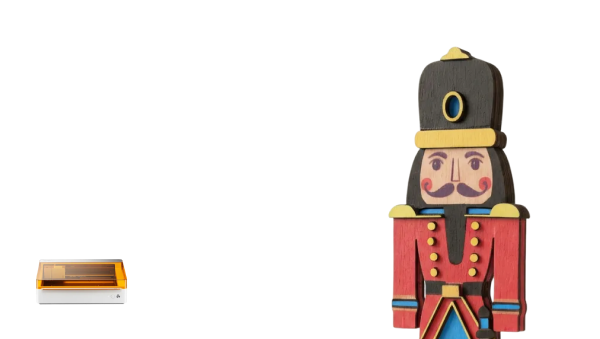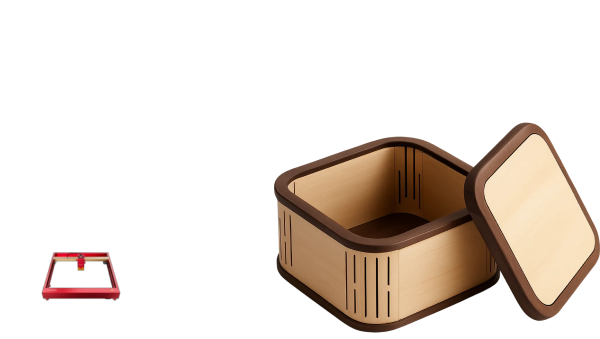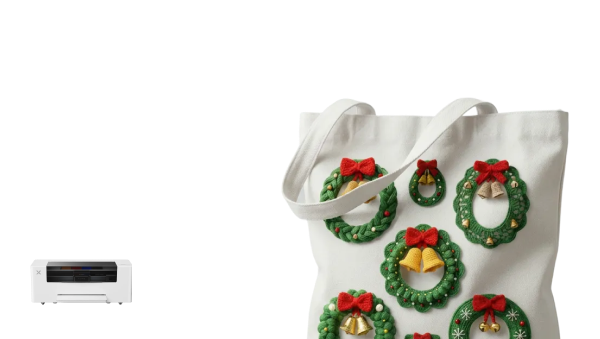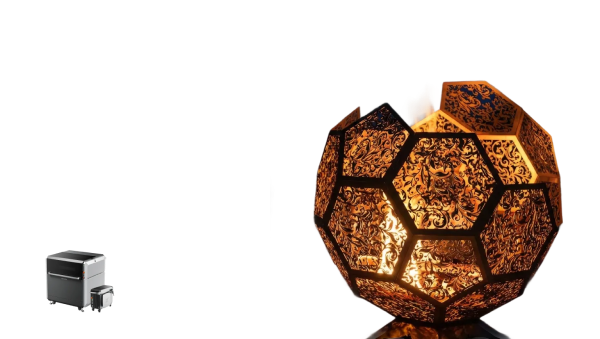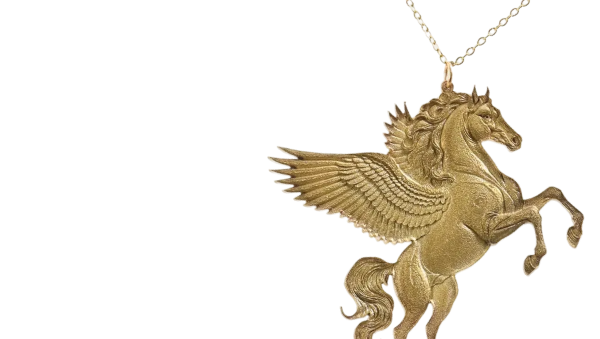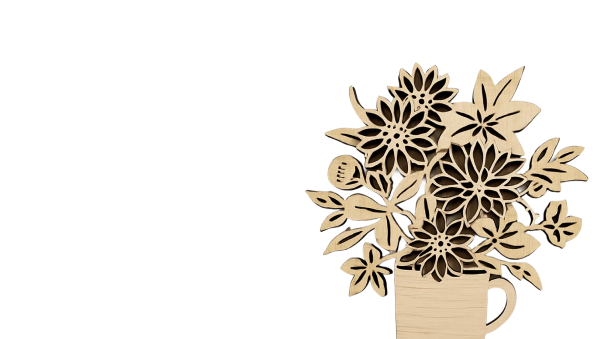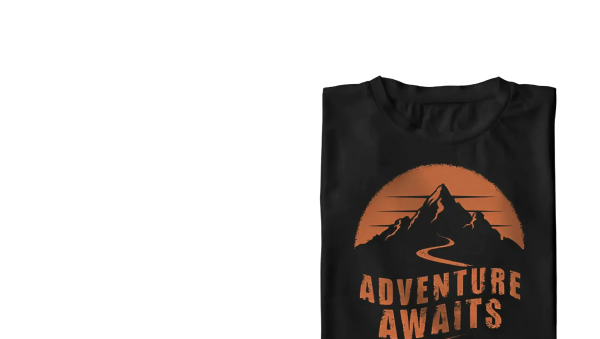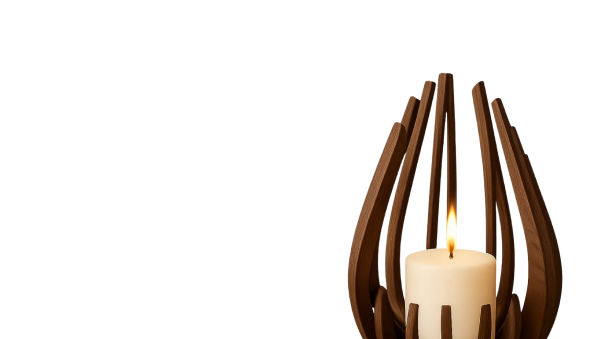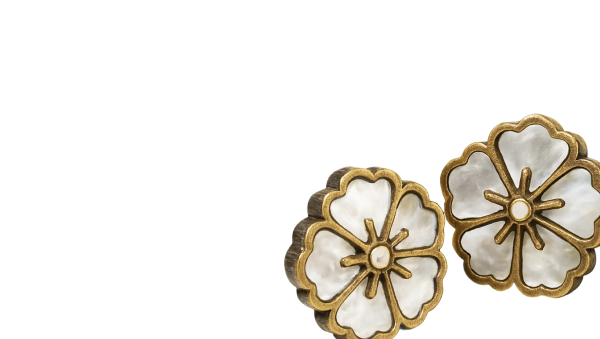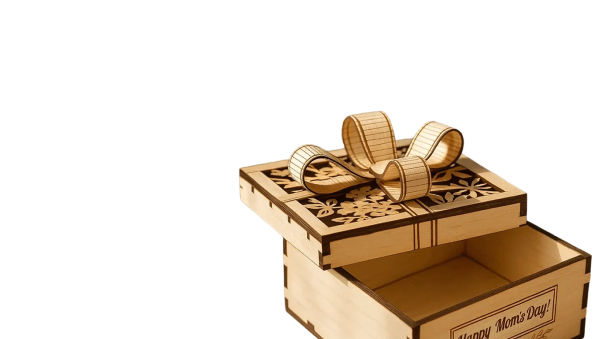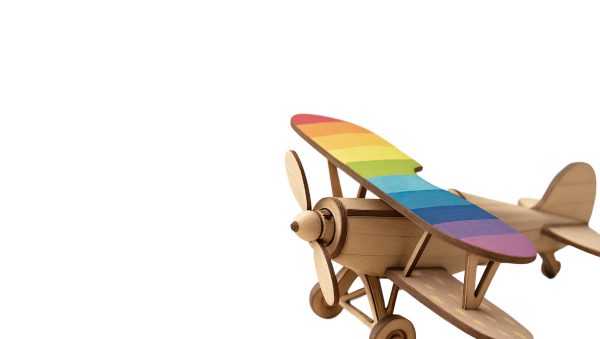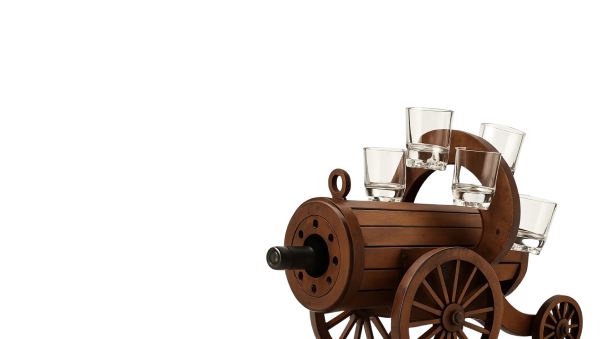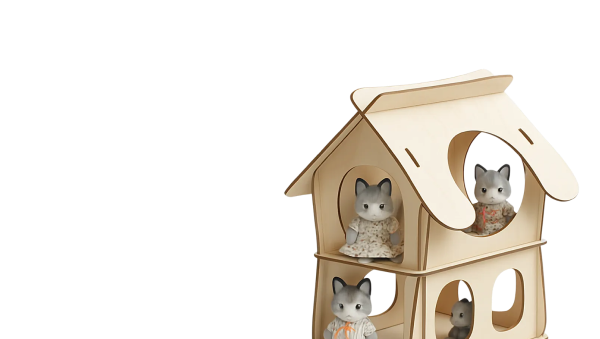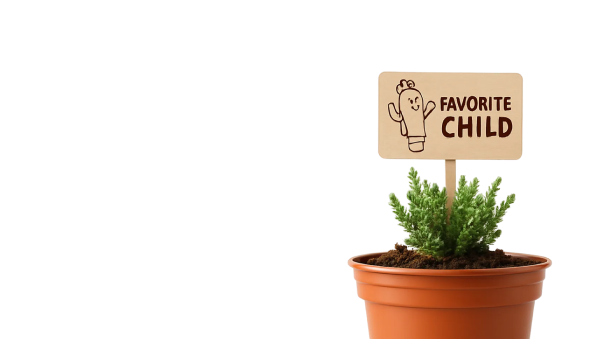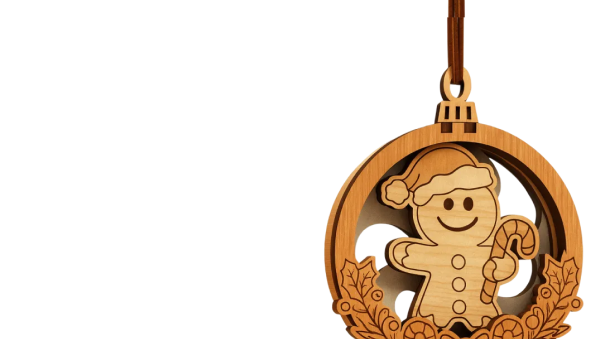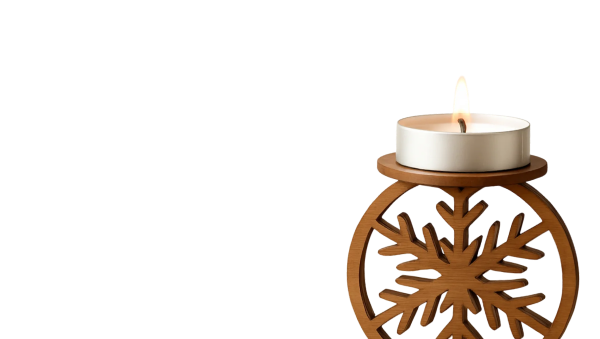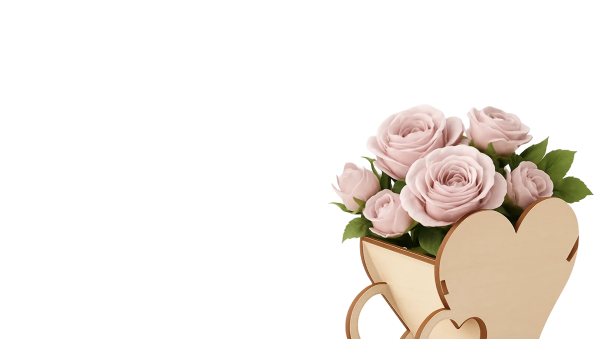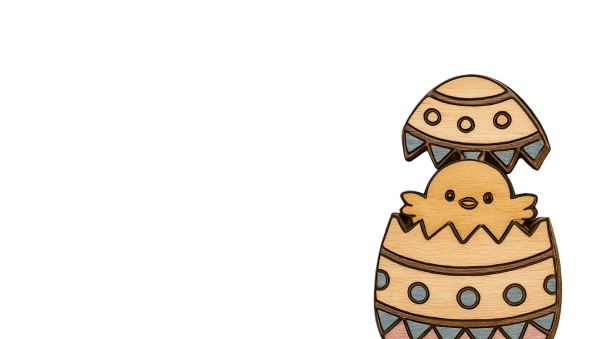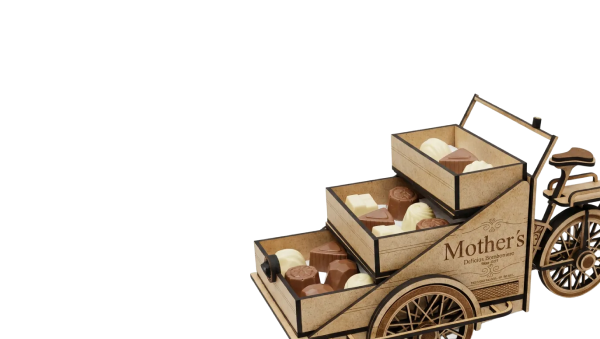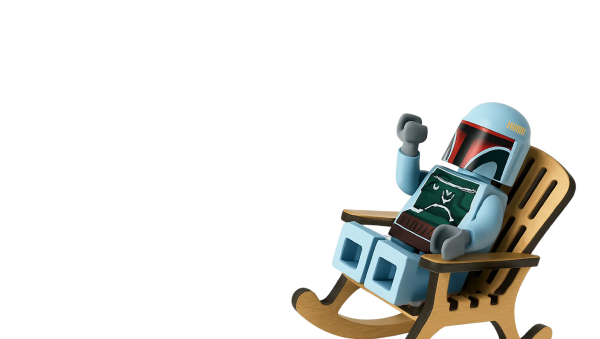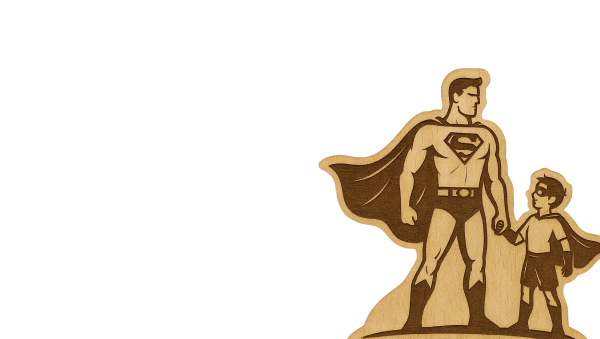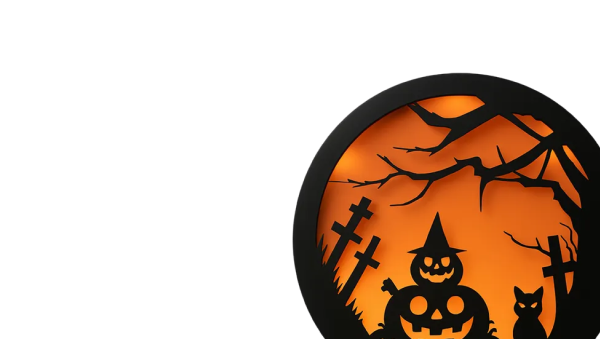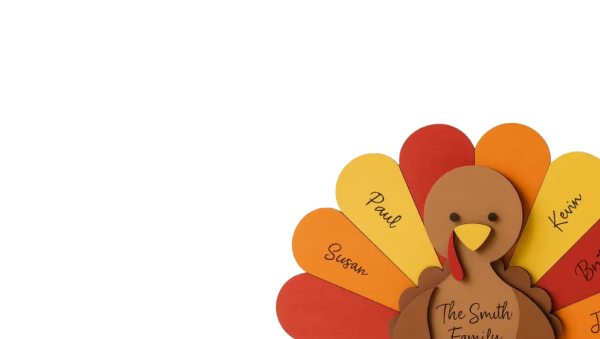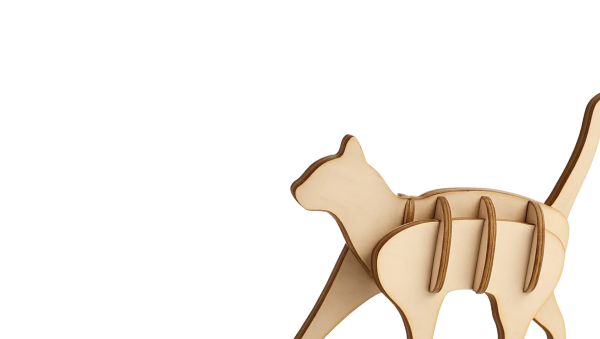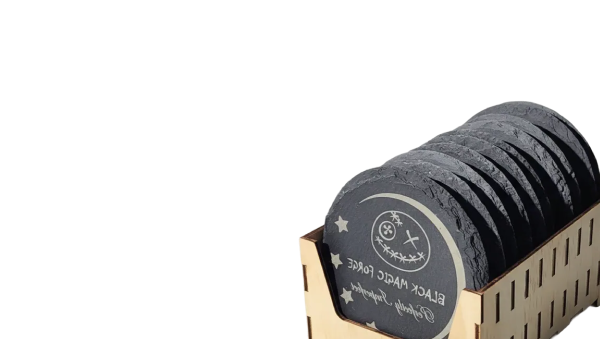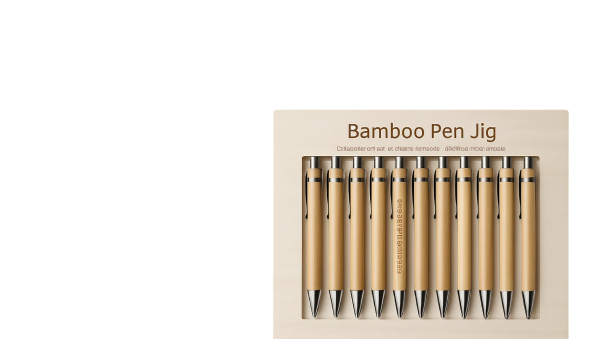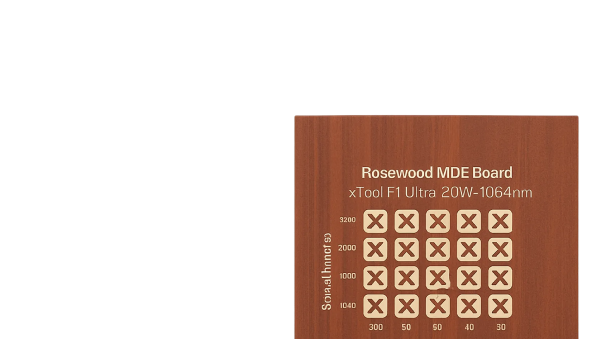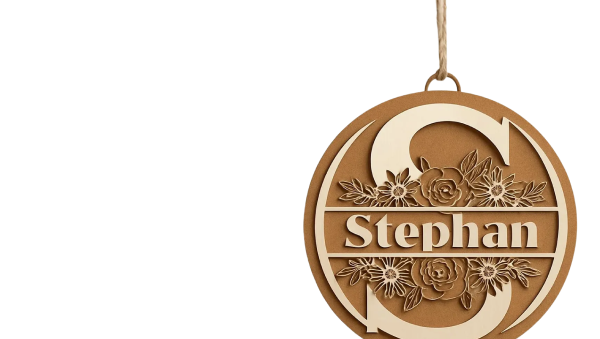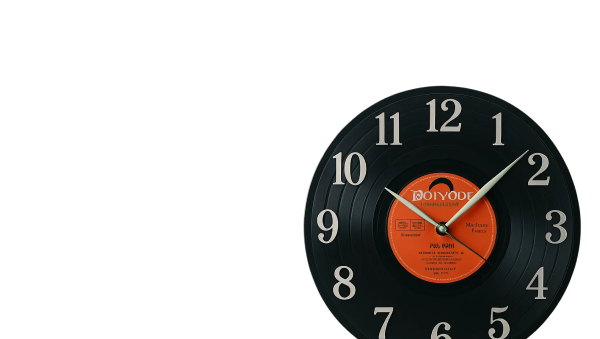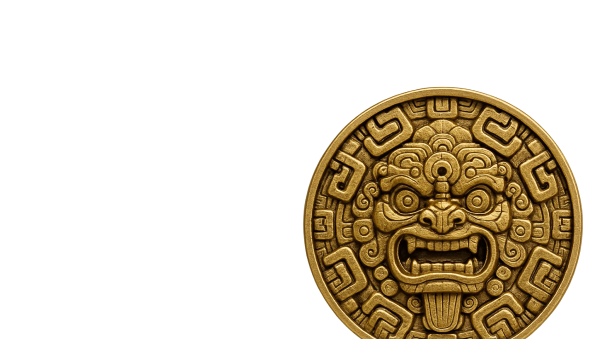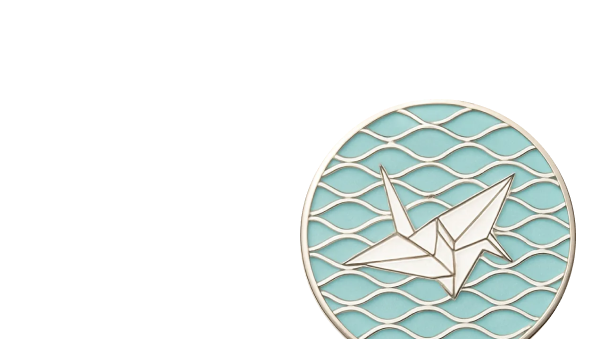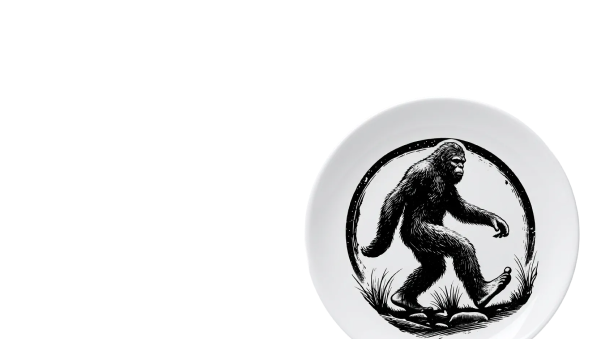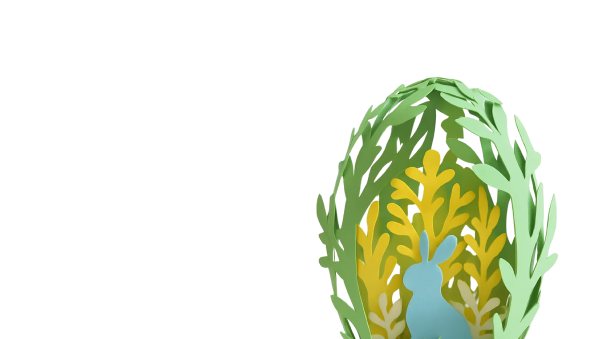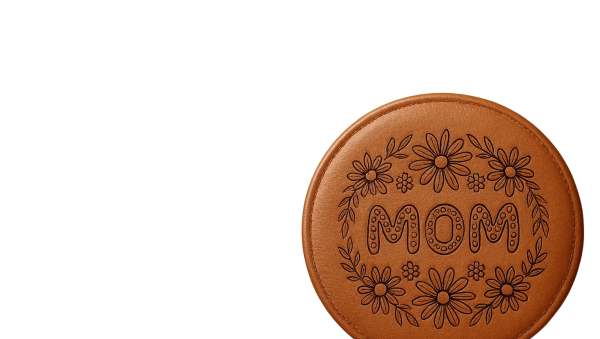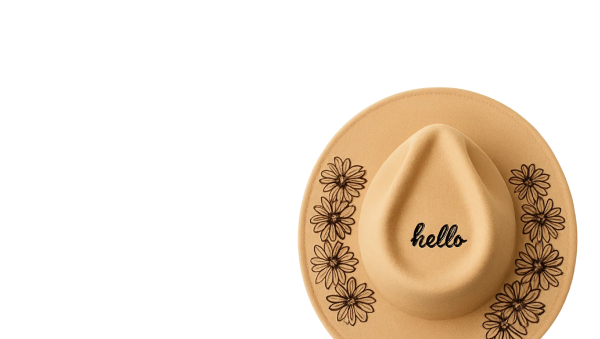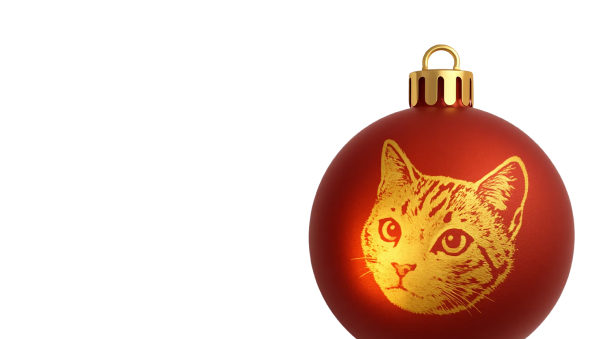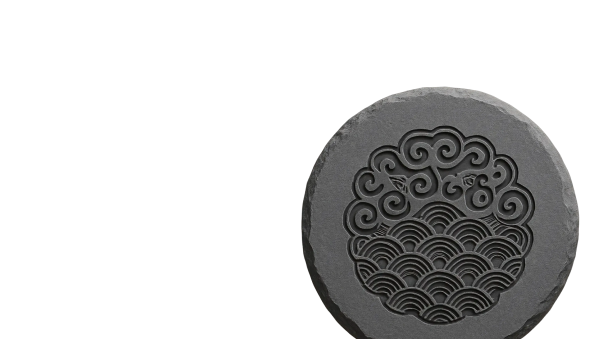![[Laser cut and engrave] Custom Laser-Cut Holiday Puzzles](https://image-res.xtool.com/resource/xtool/community/attachment/xtool-community/31f7f363-7e11-4f47-9c86-ee56f8e94e66_4C84D95D-BAB9-4D68-B995-AFE1EEDC6D0E.jpeg?x-oss-process=image/resize,w_1200,h_900,limit_0/interlace,1/format,webp/auto-orient,1)
Custom Laser-Cut Holiday Puzzles

Information
I have always loved puzzles…I usually use an app on my iPad to create puzzles from my photos, but I miss the “tactile” feel of a nice, wooden puzzle. I found some color laser prints in my studio, and decided to make puzzles as holiday gifts. This project should work with ANY of xTool’s laser cutters, although I’m using the P2. Adjust as necessary with the settings for your machine. I've enclosed a couple photos for you to use, including a snowy river holiday scene in Colorado. IMPORTANT: YOU WILL NEED A GOOD QUALITY PARTICULATE MASK FOR THIS PROJECT.
Instruction
Step1: Choosing an Image and Color Printing
Selecting a Photo
Your choice of image and number of pieces will determine the difficulty of the puzzle. In the images above, the scene with the snowy mountain, aspen trees, and sky is an easier puzzle because of the variation of colors and textures. The night scene with the Christmas trees is very monochromatic, and is a much more difficult puzzle—you could make it easier by designing the puzzle with fewer pieces.
The red flower puzzle, as shown here, is extremely difficult. It is one of my favorite photos I’ve ever taken, so it seemed like a natural choice for a puzzle that could be left out on a coffee table. The only real variation is that the right side of the image is blurred; all the petals look similar. Although I love the photo, I did not find this puzzle to be any fun at all!
Likewise, the sea urchin shell photo in the next step was far too monochromatic.
If you can choose photos with different colored areas, it will most likely be a more enjoyable puzzle to solve.
I have enclosed a photo of mountains in Colorado for you to use…I took this photo, and you are welcome to use this photo for your first puzzle. Make sure that if you’re selling your puzzles, that you use images for which you own the copyright or have permission from the photographer/artist. You can also purchase commercial licenses from reputable photo sites.
Printing the Photo
You will have a much more vibrant puzzle if you can print the photo on a color laser printer on a good quality plain or coated paper. An inkjet print is rather dull, but will work.
I found a local copy shop that will print laser copies on a production-quality color laser printer for $0.50 USD each. I was even able to upload them to their website, then go pick them up.
I would not recommend printing the photo on photo paper, which is pretty thick. The top layer may not stand up to repeated use, eventually peeling back from the edges. Stick with a lighter weight color copy paper.
Step2: Glue the Image to the Wood
- Make sure that the MDF or plywood surface is clean and smooth. If necessary, sand lightly with fine sandpaper (320 grit) to remove any bumps, and remove the dust with a microfiber cloth or a tack cloth (cloth impregnated with beeswax, available from the paint department at hardware stores).
- Using the spray adhesive, apply several coats and completely cover the area where you will be gluing the image. Hold the board vertical so no thick “globs” fall onto the board…these will cause problems with your print later.
- Apply the image, and use the foam brush to smooth the print on the board.
- Take a photo with your smartphone of the image(s) on the board. We’ll use these for positioning.
Step3: Design the Puzzle
Here’s a link to a free online puzzle generator.
- Using the online puzzle generator, choose a design and create a puzzle pattern. Don’t worry about the size…you’ll adjust this in the XCS software.
- Play with the settings a little to find the right style. You can create a hexagon puzzle, round puzzle, or rectangular.
- Take notice of the different colors…this generator will create two different layers in XCS, which we’ll have to adjust.
- Export the SVG file.
I’ve also included two puzzles that were generated from the online generator that you can use.
Step4: Adjust Layers in XCS
The goal in this section is to import the SVG, separate the outline, then assign it to a new layer. Once the layers are separated, we can tell XCS to cut in a particular order by using the Processing Type function. If we don’t take this step, XCS will try to cut the outline first, and the pieces may fall out. Launch XCS.
- Use the Image function on the left toolbar to import the puzzle outline SVG. The layers are not grouped by default.
- Double-click to Rename the layers. Rename the red layer “Verticals,” and the black layer “Horizontals.”
- Carefully click on the outline of the puzzle. Make sure not to change its position.
- Click on the Move to at the bottom of the Layers box, and choose the lighter blue color. The color doesn’t matter, but I’ll use the lighter blue for the tutorial.
- Double-click on the blue layer and rename it “Outline.”
- Click and drag on the layers and reorder them as shown.
- The Vertical/red layer should be at the top, because it will be cut first.
- The Horizontal/black layer will be in the second position, and will be cut second.
- The Outline/blue layer is last, and will be cut at the very end.
- Click on the background. In the right panel, select the type of material (I used 3 mm MDF), then change the Processing Path to “By layer.”
- Click and drag a box around the puzzle outline. Group the lines, either by using the Group tool at the top, or right-click. If you’re on an iPad, tap the screen with two fingers to access the side menu, and choose Group.
- From the right panel, change the Processing Type to “Cut.” The default is 100% Power, although I change this to 90%. Leave the speed at the default. (If necessary, you can run a test tile to determine the best settings for your machine)
Step5: Position Puzzle on Image
- Place the board into the machine with the photo on the underside.
- With the xTool connected, make sure that you can see the board. Click the Refresh button if needed.
- Import the photo you took earlier of the board with the laser prints affixed to it into XCS. Resize the image so the board in the photo is the same size as the board preview in XCS.
- Select the photo, then use the Reflect tool at the top to flip this Horizontal, then Vertical. This will approximate the positioning of the image as shown here.
- Use the Align function to send the image to the back. It may take several times.
- If it’s hard to see the outlines of the puzzle, select the image, then in the right panel, change the style until you can see it more clearly. The Sketch filter, which is the third option on the top row, is great for removing the color and making the lines easier to see.
- If it’s still difficult to see, you can either change the layer colors (Move to), or just toggle the image on and off in the Layer menu by clicking the “eye” icon. If it’s still difficult, create a rectangle, adjust its size to be the same size as the laser print, and move it into position.
- Select the puzzle outline, and move it into position over the graphic.
- Once the puzzle outline is aligned, select the rectangle and/or the image and delete them.
Step6: Cutting the Puzzle
The last step is to cut. A well-ventilated workspace is a MUST. Please wear a respirator while cutting MDF or plywood, and avoid breathing any fumes. The glues in the material can irritate your sinuses and lungs…protect yourself!
- Click the Process button, then click the Start button in XCS.
- Click the button to start cutting on your xTool cutter.
- Once done, allow the machine to vent, then remove the puzzle. That’s it!
Step7: Create a Frame/Base
We’ll use the Outline function to create a frame and base.
- Select the puzzle (just the lines). On a computer, right-click and choose Copy, or use a keyboard shortcut. On an iPad, tap with two fingers and choose Copy from the side menu.
- On the bottom of the window, click the + in the bottom left to create a new canvas. If the background shows up, right-click or tap with two fingers on an iPad and choose Hide Background.
- Click on the background again, and set the Material to 3 mm MDF or your chosen plywood. Leave the Processing Path at “Auto Planning.”
- Right-click, use a keyboard shortcut, or tap with two fingers on an iPad to Paste a copy onto the canvas. Hide the background as necessary.
- Ungroup the lines.
- In the Layers list, notice that the names of the layers have changed, but the colors remain. Tap on the red layer or the layer that contains the vertical elements, then select the Trash Can icon on the upper left of the item on the canvas to delete it. You could also right-click and choose Delete. Repeat for the horizontal lines, leaving only the outline.
- Use the Outline function to create a wide frame. Click OK.
- Make a copy of the outer line and move it over to the right.
- Drag a box that crosses both the original puzzle outline and the created outline on the left as shown. Group these.
- Select all lines, and choose “Cut” from the Processing Type. Change the power to 90%, or other setting as appropriate for your machine and material type.
- Cut the frame and base.
- The cut sides will be facing down. Apply wood glue and assemble. Finish as desired with paint or stain, or leave natural.
